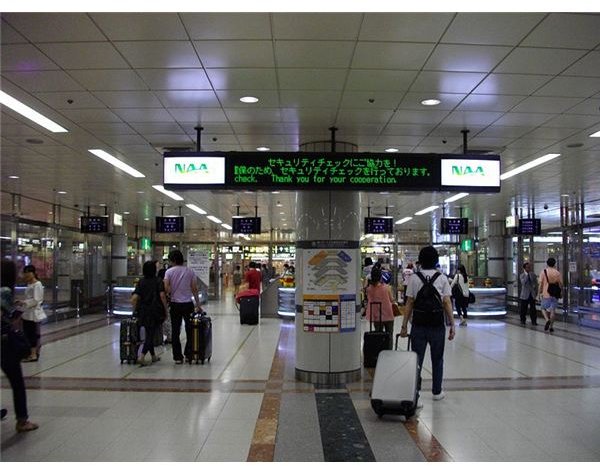Diabetic Travel Supplies: Know What to Pack and What to Leave at Home
Because most diabetics are already familiar with managing their symptoms, travel and other leisure activities can be pursued with ease by simply doing some advance planning and preparation. There are some crucial supplies a diabetic must remember to bring with them. These should include medical supplies, non-medical supplies, and documentation supplies.
Best Medical Supplies
The type of diabetes a person has determines the medication required. For instance, a type 1 diabetic may need insulin, whereas a type 2 diabetic may or may not require any specific diabetes pills and could controls his or her diabetes by diet.
Typical medical supplies traveling diabetics are:
- Blood glucometer and related testing supplies such as like test strips, lancets, or control solutions
- Insulin pump, insulin delivery supplies, insulin
- Urine testing supplies
- Glucagon kit
If you are traveling by plane, your luggage can be lost, delayed, or stolen so it’s a good idea to pack twice as many supplies as needed in case of an emergency. If you are traveling with others, divide the medical supplies between the pieces of luggage for safety’s sake.
It’s usually better to pack medical supplies in carry-on luggage for ready access rather than risking them to checked luggage. Should a flight be delayed or luggage misplaced, a vital dose of insulin could be missed.
Be sure all medications are in the original packaging with the original prescription labeling intact. Plan ahead, and contact your physician weeks before the travel date to allow time to get extra prescriptions and order medications if necessary.

Are you worried about clearing airport security? The Transportation Security Administration (TSA) guidelines allow you to carry all diabetes related medications, equipment, and supplies with you. However, just to avoid potential hassles at check-in, you might want to pre-alert the airlines if you use an insulin pump.
Best Non-Medical Supplies
As the bare minimum, individuals need glucose tablets or a source of liquid nutrition, and a protein rich snack. However, to better cover every contingency, consider packing:
- One backup blood glucometer
- Extra batteries
- Instruction manuals for insulin pumps, glucometers, and other equipment
- One emergency meal
- Carbohydrate appropriate snacks such as granola bars, raisins, apples, nuts, or foil-packed fish
- Hard candy
- Disposal bags for items: alcohol swaps, test strips, and so forth
- Water
- Juice
Tailor this list to suit your individual needs, but remember, appropriate food, snacks, and diabetic supplies may not be readily available, especially if you are traveling overseas.
Best Paper Supplies
You may not consider a few pieces of paper a valuable travel supply, but if your insulin pump malfunctions, or you need an emergency telephone consultation with your doctor, you’ll be glad you are prepared. Consider packing some or all of the following paper supplies:
Ask your doctor for a letter about your condition that includes the following information:
- your diabetes diagnosis: type 1 or type 2
- your treatment regimen
- the types of medicines you take, and how they are administered.
- syringes - why they are necessary and how they are used.
Remember, international officials may consider such items as suspicious or contraband unless you can prove why you have them and how you will use them. Here are some other items to consider carrying with you:
- Extra prescriptions for medications and supplies
- Emergency contact numbers for: doctors, insulin pump manufacturer, and glucometer manufacturer
- Any equipment warranty information that might be needed
- The American Diabetes Association recommends travelers carry a list of English-speaking foreign doctors
- Diabetic identification
While this might seem to overwhelm, it is really no more complicated than the emergency preparation you make in the event of a natural disaster or other events such as like traveling with small children or infants. Make sure your basic needs for a good diabetic diet, testing, medication and exercise are covered, and give extra consideration to selecting the best diabetic traveling supplies. Once you have done that, you are ready to enjoy your trip.
Reference Sources
American Diabetes Association
Transportation Security Administration, “Hidden Disabilities, Travelers with Disabilities and Medical Conditions,” accessed 08/13/2010
Carillion Medical Center, Diabetes Management Survival Skills Tool Kit, 2009
